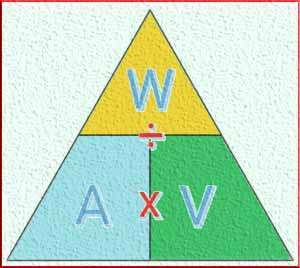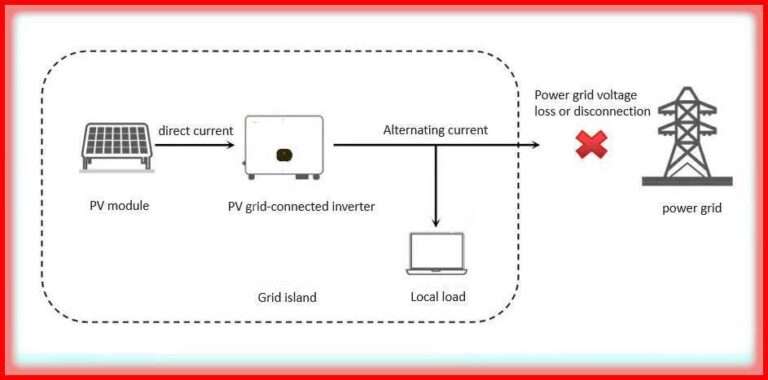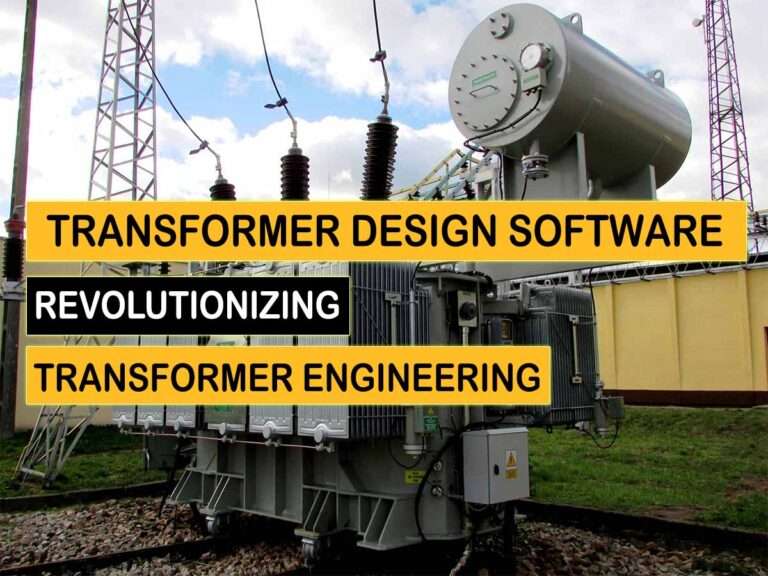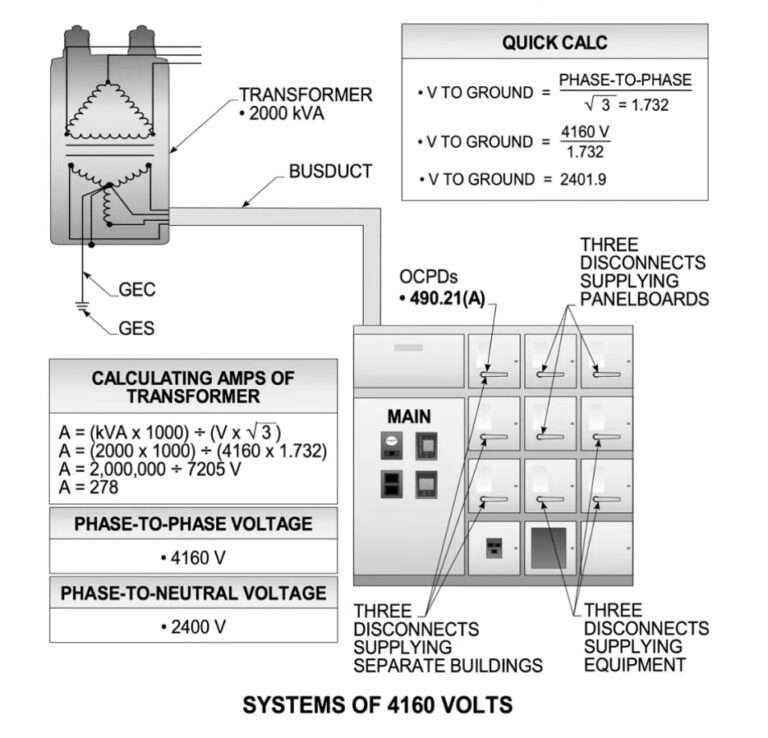Variable Frequency Drive for 3 Phase Motor
Variable frequency drive for 3 phase motor is a powerful tool that helps to control the speed and torque of electric motors. It is widely used in various industries, including water treatment plants, manufacturing units, and HVAC systems. The main purpose of using a VFD is to improve energy efficiency, reduce mechanical stress, and offer precise motor control. Let’s dive deep into how this system works and how it benefits 3 phase motors in real-world applications.

What is a Variable Frequency Drive for 3 Phase Motor?
A variable frequency drive (VFD) is an electronic device that changes the frequency and voltage supplied to an electric motor. For a 3 phase motor, this means you can control its rotational speed without using mechanical gears or pulleys.
The VFD converts fixed frequency AC power into variable frequency AC power. This capability makes it ideal for applications that require speed variation or soft starting.
In simple terms, a VFD gives you more control. It acts as a speed controller for your motor.
Variable Frequency Drive Working Principle
The variable frequency drive working principle is based on three main stages: rectification, DC link, and inversion.
- Rectification: The AC input is converted into DC using a diode bridge or a controlled rectifier.
- DC Link: This section smoothens the DC voltage using capacitors or inductors.
- Inversion: Finally, the clean DC is converted back into AC with the desired frequency using an inverter circuit.
By adjusting the frequency of the output AC, the VFD can control the motor speed. For instance, reducing the frequency lowers the motor’s RPM. This principle is used in energy-saving applications such as pumps and fans.
Advantages of Using Variable Frequency Drive for 3 Phase Motor
Using a variable frequency drive for 3 phase motor comes with multiple benefits:
- Energy Savings: Reducing motor speed saves energy, especially in variable torque applications like pumps.
- Soft Start: VFDs provide smooth motor startup, reducing electrical stress and mechanical wear.
- Improved Process Control: Fine-tuned speed control enhances accuracy in production lines.
- Reduced Maintenance: Less mechanical stress leads to longer motor life and fewer breakdowns.
- Lower Operating Costs: Efficiency gains directly reduce electricity bills.
In water treatment systems, for example, a VFD Drive for Water Treatment Plant helps regulate the flow and pressure, ensuring optimal treatment processes while saving energy.
Types of Loads Managed by VFDs
There are three primary types of loads where VFDs are used:
| Load Type | Description | Examples |
|---|---|---|
| Constant Torque Load | Requires constant torque at varying speeds | Conveyors, Crushers |
| Variable Torque Load | Torque changes with speed | Fans, Pumps |
| Constant Power Load | Power remains constant | Lathes, Grinders |
Choosing the right type of variable frequency drive for 3 phase motor depends on the nature of the load. For pumps and fans, which are variable torque loads, VFDs bring maximum energy savings.
Choosing the Right VFD
Selecting the correct VFD for a 3 phase motor requires attention to several key parameters:
- Motor Power Rating (kW or HP)
- Input Voltage (typically 380-480V for industrial systems)
- Output Frequency Range (usually 0-60 Hz or more)
- Overload Capacity
- Environmental Protection (IP rating)
- Communication Features (Modbus, Profibus)
For accurate sizing, use a Calculator for VFD Motors. These calculators help match the drive with the motor’s specifications and operating conditions, preventing under-sizing or over-sizing.
Applications of Variable Frequency Drive for 3 Phase Motor
The applications of VFDs are broad and diverse. They are used across multiple sectors:
- Industrial Pumps: VFDs control water flow in treatment plants.
- HVAC Systems: Used for adjusting fan speeds based on temperature needs.
- Elevators: Smooth acceleration and deceleration.
- Compressors: Efficient control of air flow and pressure.
- Machine Tools: Precise motor control in lathes and milling machines.
In a VFD Drive for Water Treatment Plant, the ability to regulate flow ensures consistent water quality and reduces the wear and tear of mechanical valves.
How to Install a Variable Frequency Drive for 3 Phase Motor
Installing a VFD requires understanding the wiring and motor configuration. Follow these basic steps:
- Power Off the main electrical supply.
- Connect the Input terminals of the VFD to the power supply (3-phase).
- Connect the Output terminals to the 3 phase motor.
- Ground the VFD as per manufacturer instructions.
- Program the Drive settings like motor voltage, current, and frequency.
- Test the Motor by gradually increasing the frequency and monitoring the load.
Make sure to follow local electrical codes and VFD manuals for safety and reliability.
Integrating Variable Frequency Drive with Arduino
Using a variable frequency drive with Arduino is an excellent way to automate motor speed control in DIY or research projects. You can use the Arduino to send analog or digital signals to the VFD, adjusting motor speed based on sensor feedback.
For example, in a smart farming project, an Arduino could monitor soil moisture and adjust the pump speed through the VFD. This enhances energy efficiency while automating irrigation.
Troubleshooting Common VFD Issues
Sometimes, things can go wrong. Here are a few common VFD problems and their solutions:
| Issue | Possible Cause | Suggested Action |
|---|---|---|
| Overvoltage Error | Regeneration or sudden stops | Use braking resistor or slow ramp |
| Overcurrent Fault | Motor overload | Check motor load or ramp time |
| Motor Not Starting | Incorrect wiring or settings | Verify connections and programming |
| Noise or Vibration | Improper grounding or harmonics | Use filters and correct earthing |
Understanding these issues helps you maintain your variable frequency drive for 3 phase motor in peak condition.
Maintenance Tips for Variable Frequency Drives
To get the most out of your VFD:
- Keep it Clean: Dust can cause overheating.
- Check Ventilation: Make sure the cooling fans are not blocked.
- Inspect Connections: Loose wires can cause arcing or faults.
- Monitor Temperature: High temperatures reduce component life.
- Update Firmware: Use manufacturer updates for better performance and security.
Preventive maintenance improves VFD reliability and lifespan.
Conclusion
A variable frequency drive for 3 phase motor is more than just a speed controller. It is a smart investment that improves energy efficiency, motor longevity, and process control. From industrial automation to water treatment, its applications are vast and impactful.
By understanding its working principle, types, selection process, and integration with tools like Arduino, you can unlock its full potential. Don’t forget to use a Calculator for VFD Motors when designing systems for accurate sizing.
In summary, a properly selected and maintained VFD system will deliver value for years. Whether you’re upgrading an existing setup or building a new one, always consider the long-term benefits of variable speed control in 3 phase motor applications.
Follow Us on Social:
Subscribe our Newsletter on Electrical Insights to get the latest updates in Electrical Engineering.
#VariableFrequencyDrive, #3PhaseMotor, #VFDControl, #MotorDrives, #EnergyEfficiency, #IndustrialAutomation, #MotorSpeedControl, #VFDMotorControl, #ElectricalEngineering, #SmartDrives, #VFDInstallation, #VFDWorking, #IndustrialMotors, #DriveSystems, #VFDTechnology





